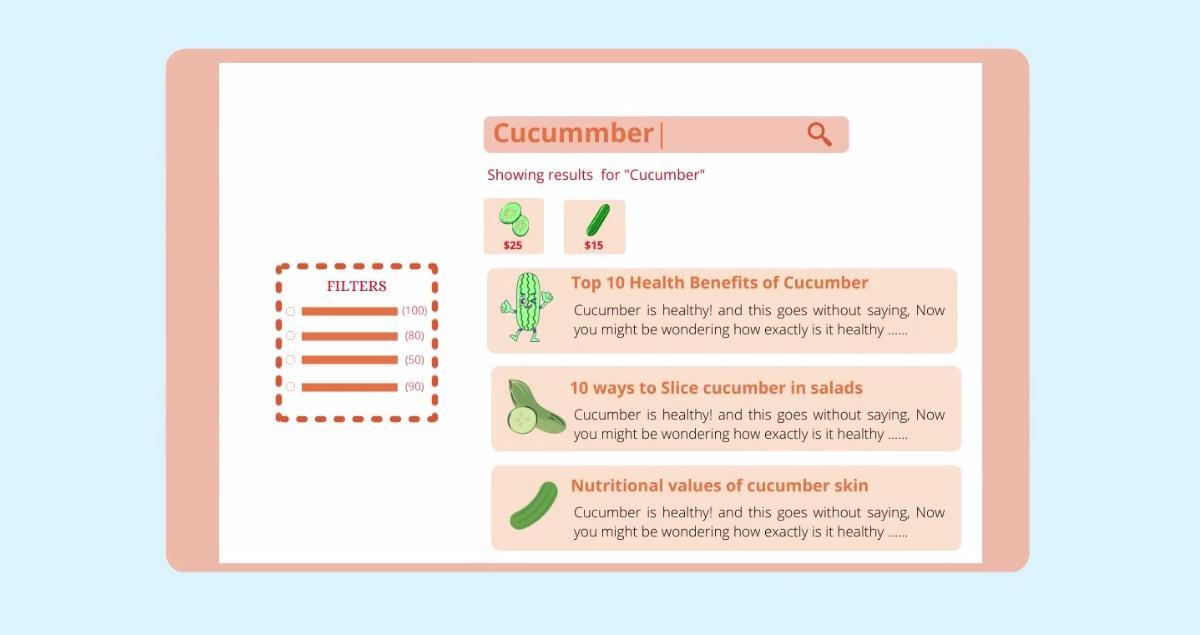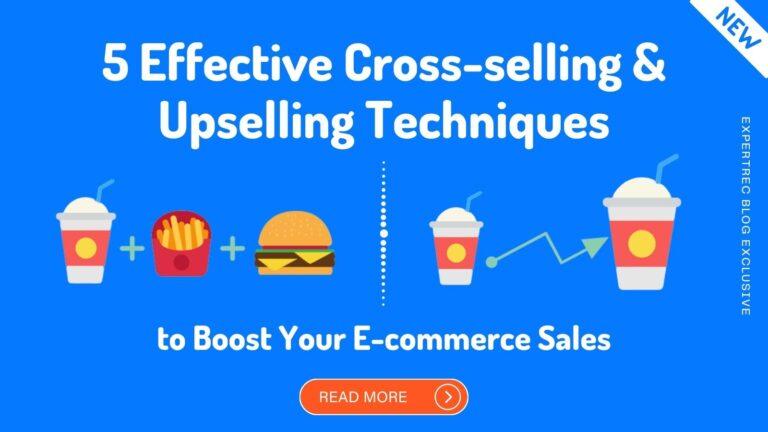Cross-selling and upselling can give your sales figures a big boost. The strategies work because customers tend to order again from the companies they’ve recently purchased. When you find something that worked well, you trust the process to do it again. But product recommendation tactics don’t always hit the right spot. It’s important to organise cross-selling and upselling campaigns that benefit both you and the customer. But how?
What are cross-selling and upselling all about?
Before we start examining the strategies your eCommerce business should use, let’s define the terms.

Cross-selling is all about suggesting products related to the one the customer already bought or is in the process of buying. The products tend to belong to different product categories but are complementary to the product. Your customer might have bought a new pair of shoes and you can try cross-selling a pair of socks to go with those.

On the other hand, upselling refers to a strategy of suggesting a similar but superior product to the customer. A superior version is a product that can be a newer or better model or the exact same product with additional value-added features. The products tend to be more expensive but they don’t have to be. The product simply has to come with added value or features the customer wasn’t initially looking to buy. Your customer could be in the process of buying a 48-inch TV but you end up upselling them a 54-inch TV instead.
Both strategies are essentially sales strategies where you change the purchase decision. You either end up selling an additional item along with the original product, or you upgrade the customer’s purchase decision further.
5 effective cross-selling and upselling techniques to use
Businesses should make the most of the opportunities to sell. Repeat sales can help enhance growth and build your brand reputation. But what are the best ways to cross-sell and upsell to your customers? Here are five effective techniques your eCommerce business should use:
1. Improve your product search

Your site search plays a big role in effective cross-selling and upselling. When a customer searches for a product, you have the perfect opportunity to display relevant products to them. Showing relevant products can give the customer more choices.
The important thing to keep in mind, however, is relevancy. You do not want to start showing the customer random products in the hope of making a cross-sell or upsell. If your customer is in the process of buying mascara, then you don’t want to show them a pair of shoes. You need to ensure product search is always related to the product the customer is searching for and in the process of buying.
Another good thing to remember about site search is the presentation of product suggestions. You don’t want to bombard your customer with a lot of options at once. Keep your result pages clean and clear.
2. Demonstrate the value
Showing the value of your products to the customer is the key to upselling. You don’t want to just tell the customer something is ‘better’ or has ‘higher quality’. You need to show and demonstrate the value. What makes it worth it to choose the other product?
You can demonstrate value in many different ways. Product reviews and customer testimonials are often effective in highlighting real-life value. You can also use things like time- and money-saving qualities as a way to demonstrate value. The goal is to make the customer think you’re helping them with the product suggestion and not simply pushing for another sale.
3. Bundle related products into a single offer

Cross-selling can work well when you make it easy to buy different products at the same time. If the customer has to take multiple actions to purchase products, they might be less likely to do so. Product bundling means you offer additional products at the same time as the primary product. For example, you could offer new running socks at the same time when the customer buys new running shoes.
4. Offer special discounts and deals
Who doesn’t love a good bargain? People can skip cross-selling and upselling opportunities if they don’t think the value proposition is right. You can boost your sales by offering special discounts and deals. Incentives like limited-time deals or order threshold discounts can be effective.
One thing to remember about discounts and deals is their personalisation opportunities. You should always gather information about your customers. Offer deals the customer might actually be interested in based on past shopping decisions. Just as with site search, discounts and deals should be relevant and customised according to customer preferences.
5. Reach out to past customers

You should also consider cross-selling and upselling via e-mail marketing. Your customer might not have wanted to make another purchase when they bought the initial product. But if you reach out to them later, they might have changed their minds. It’s always worthwhile to reach out to the customer and tell them about the other opportunities on offer.
This holds true for customers who abandoned their shopping carts. There are many things that could happen when you’re online shopping. Turning away from your shopping cart doesn’t mean you lost interest. Your eCommerce business should reach out and remind customers about the products they were looking at and other great purchases available.
The bottom line
The above cross-selling and upselling strategies can help increase your sales. You don’t just make more sales but you drive up the value of the average order. If your site search and product suggestions solve the customer’s problems, your brand value increases. Customers recognise the value on offer.
Cross-selling and upselling can help you provide your customers with more value. The purpose is to showcase your great product lineup to the customer. Generating the additional revenue on the side is just a bonus!




